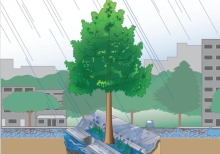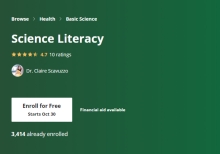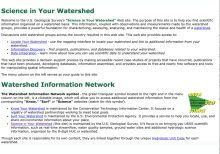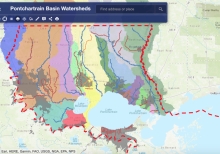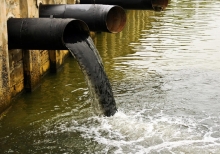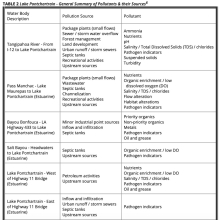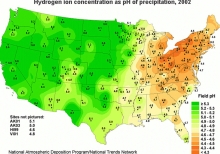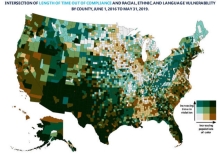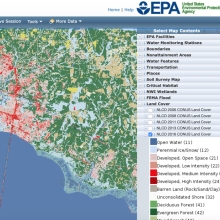Stormwater To Stree Trees: Engineering Urban Forests For Stormwater Management
Installing trees in locations that are engineered to retain stormwater is a great way to augment existing stormwater management systems, increasing their capacity and improving water quality while greatly improving the urban forest canopy. This guide is an introduction to those engineered systems available, and in use today, that utilize trees to manage a volume of stormwater. These systems, in addition to providing a solution for managing runoff, also grow big trees.
